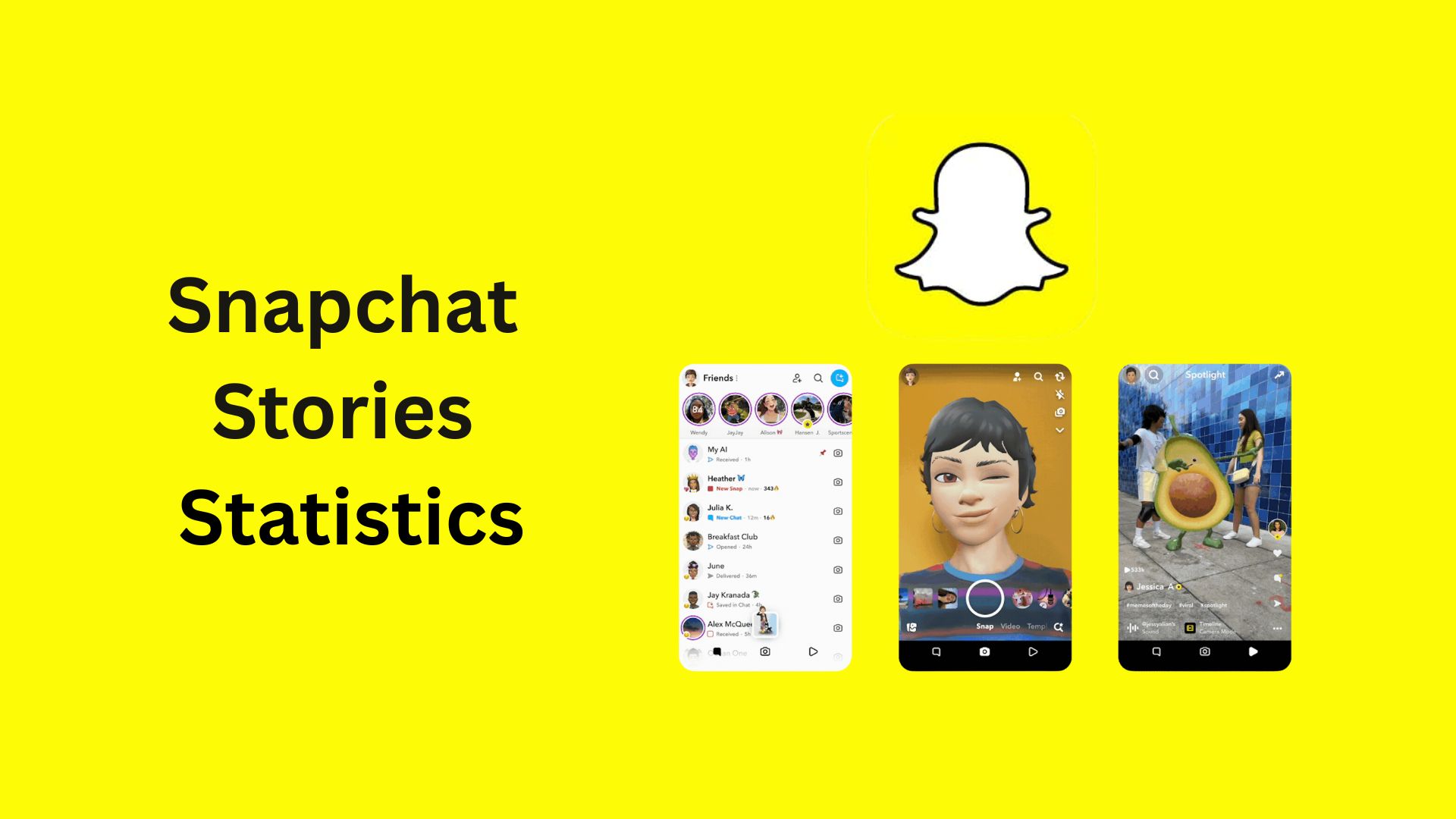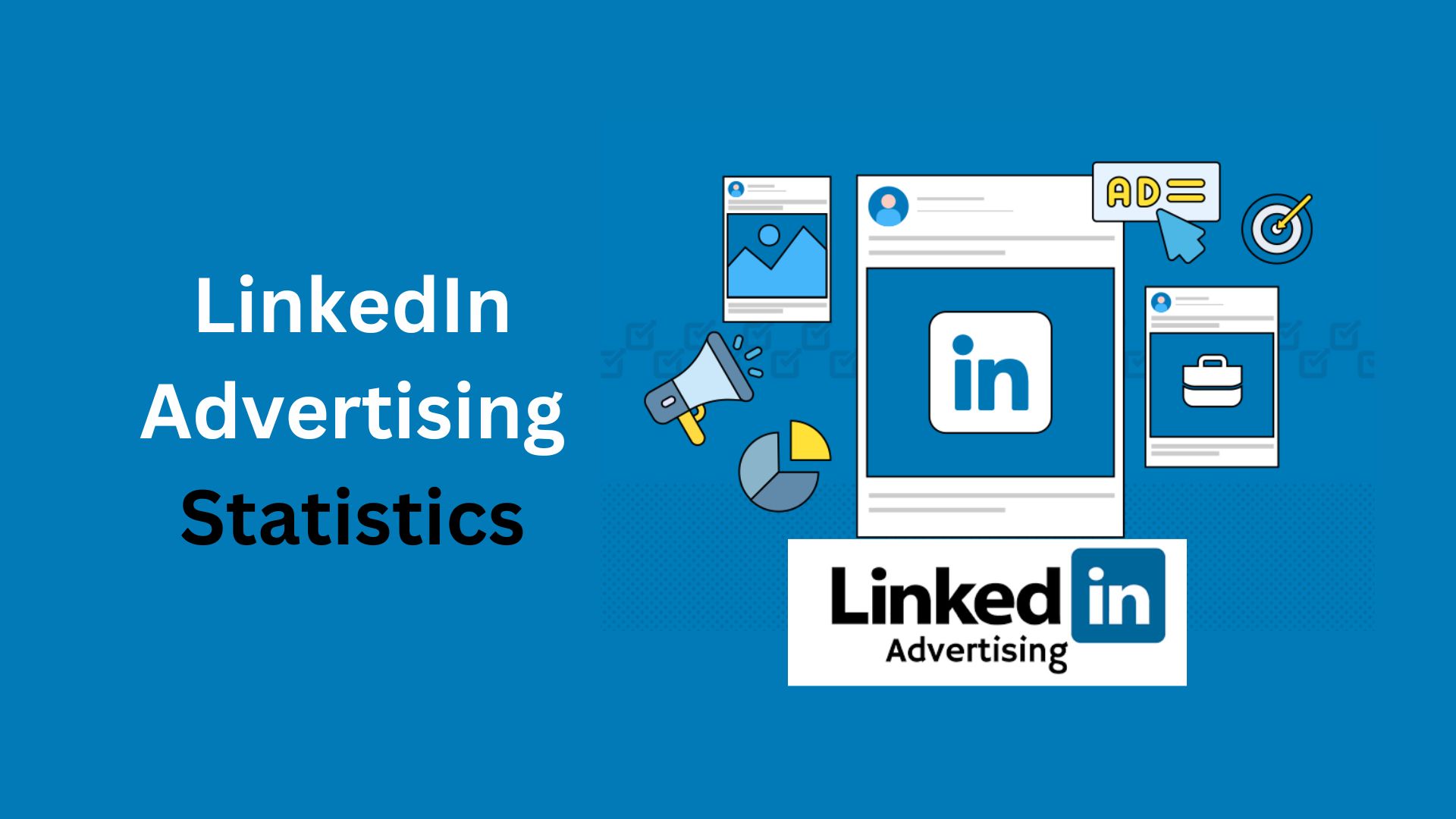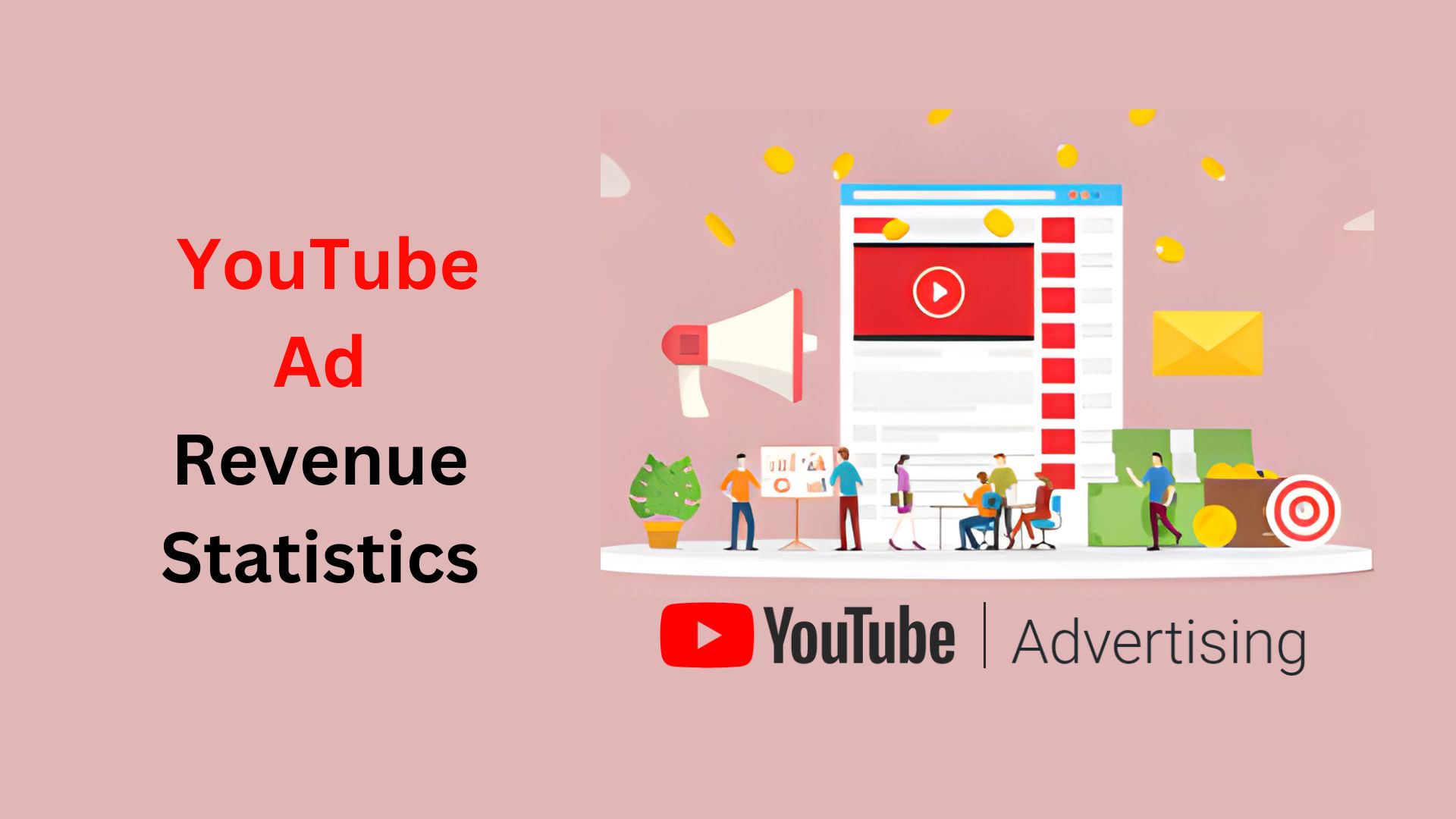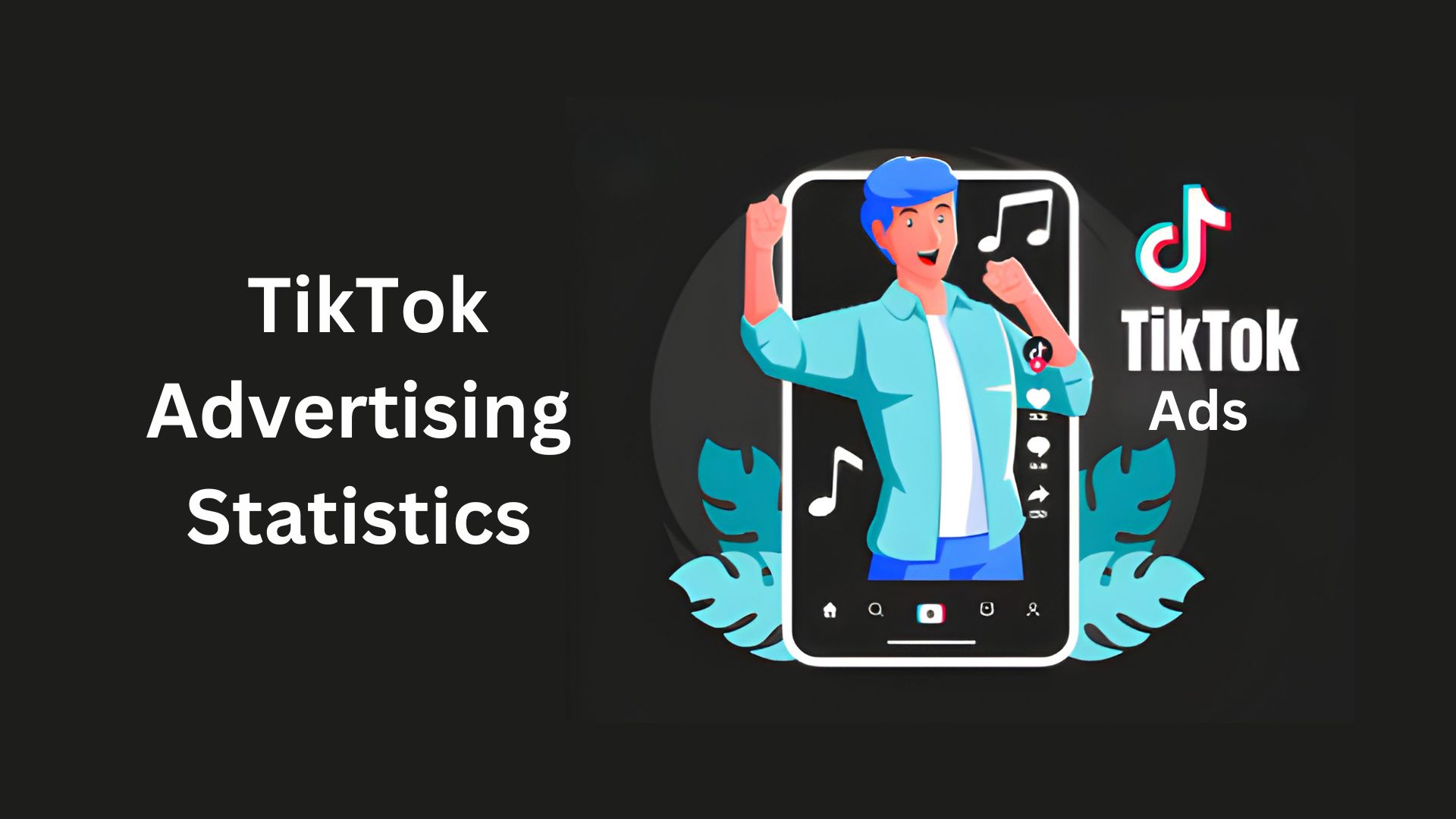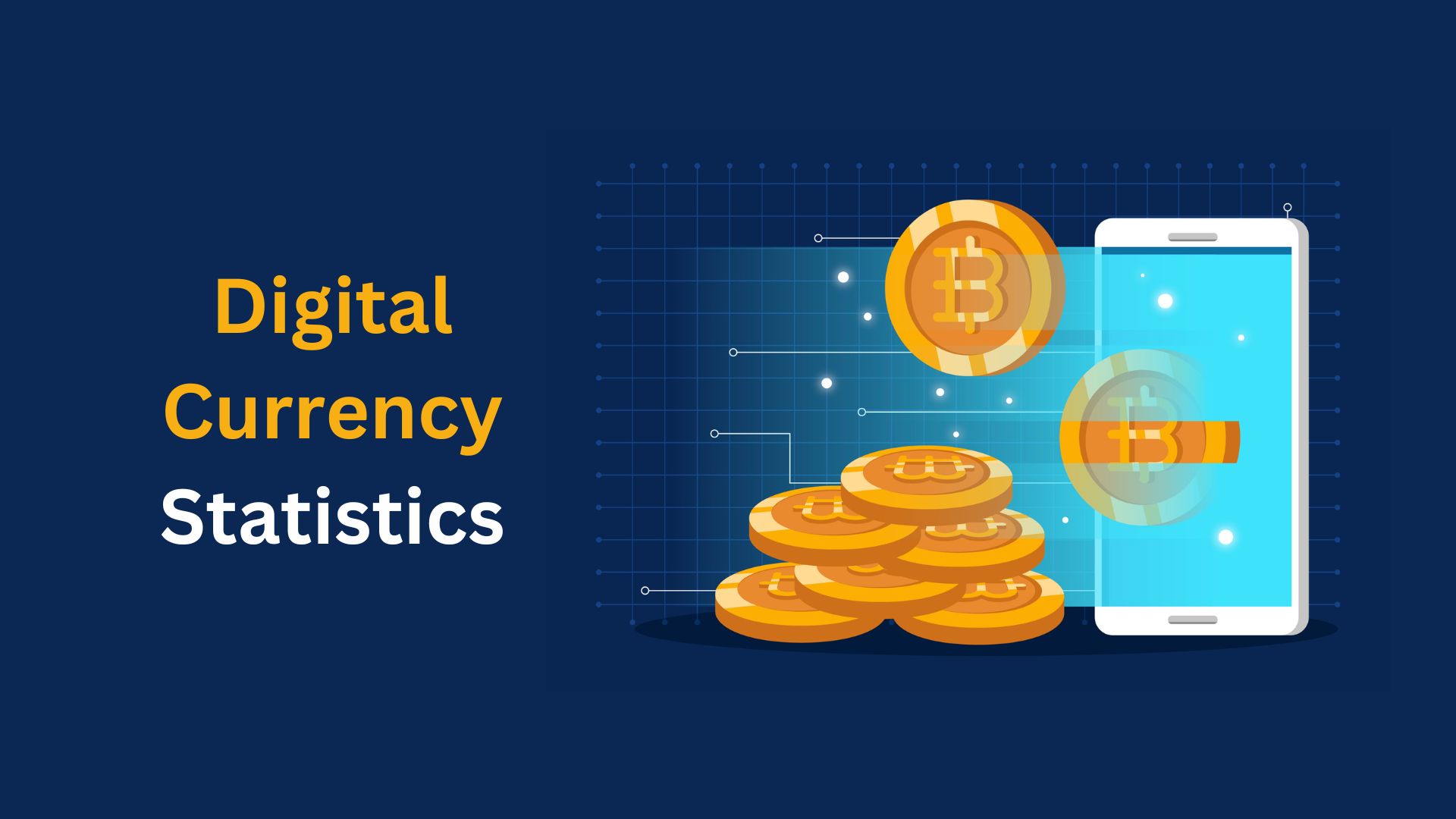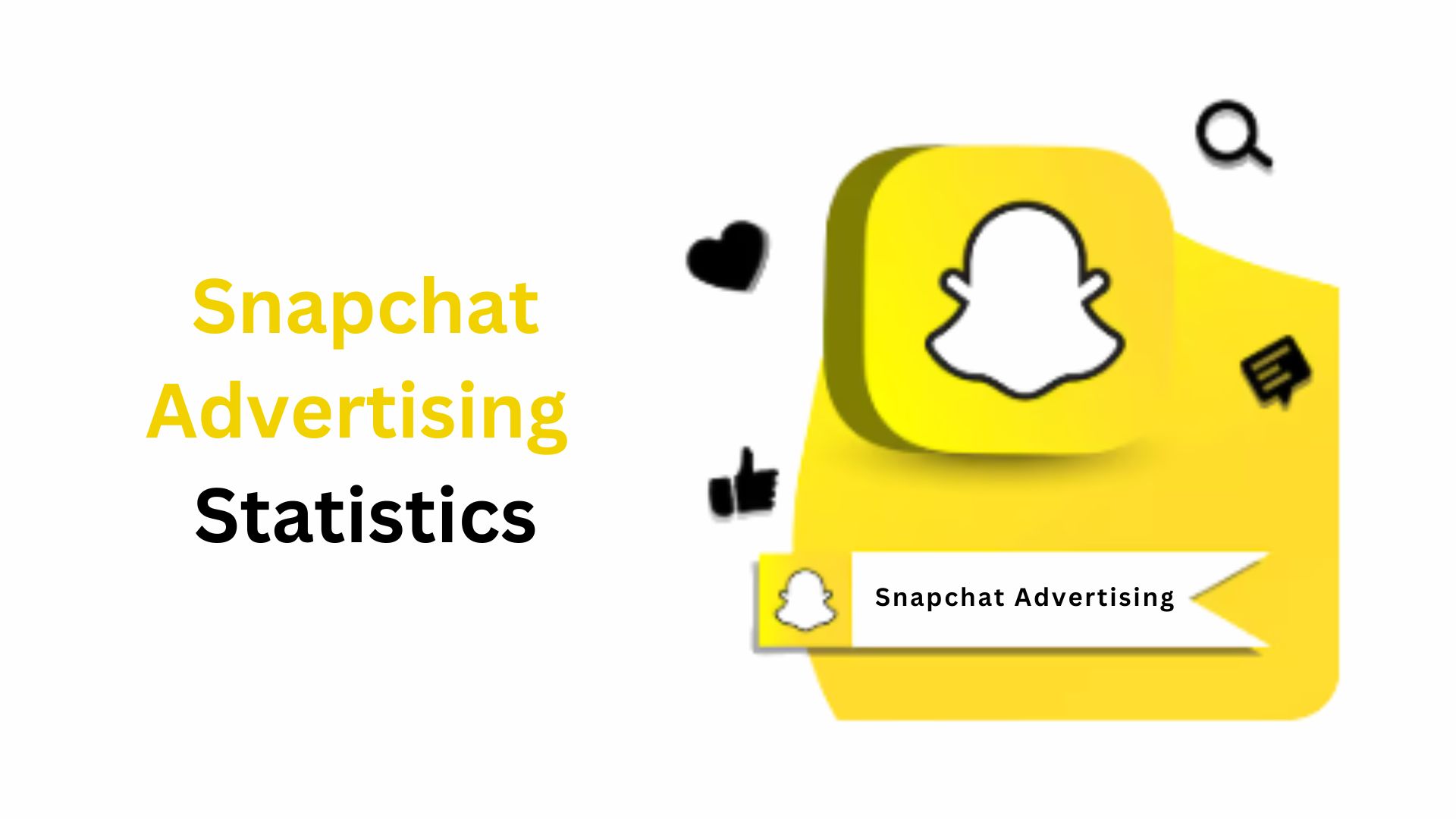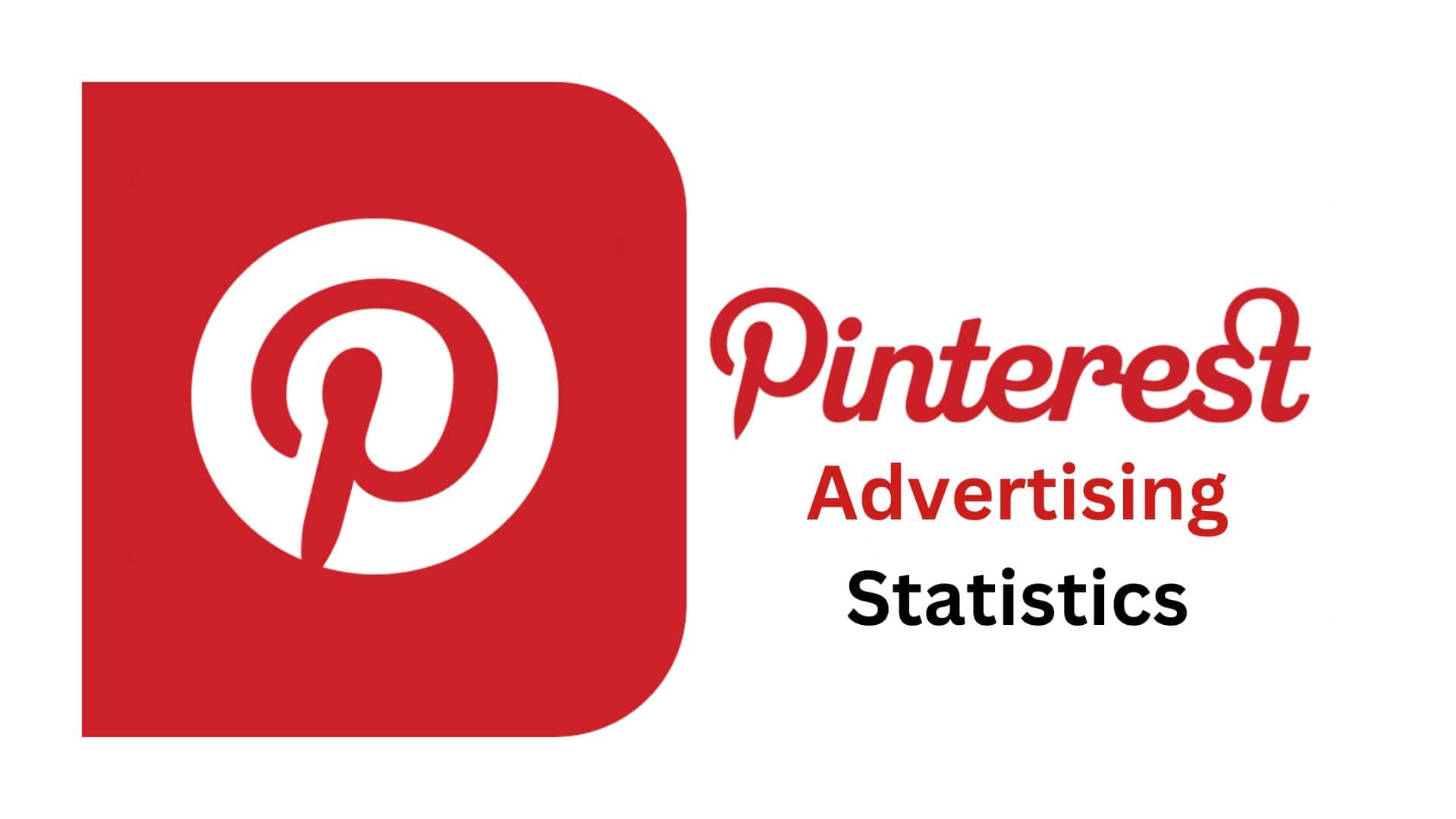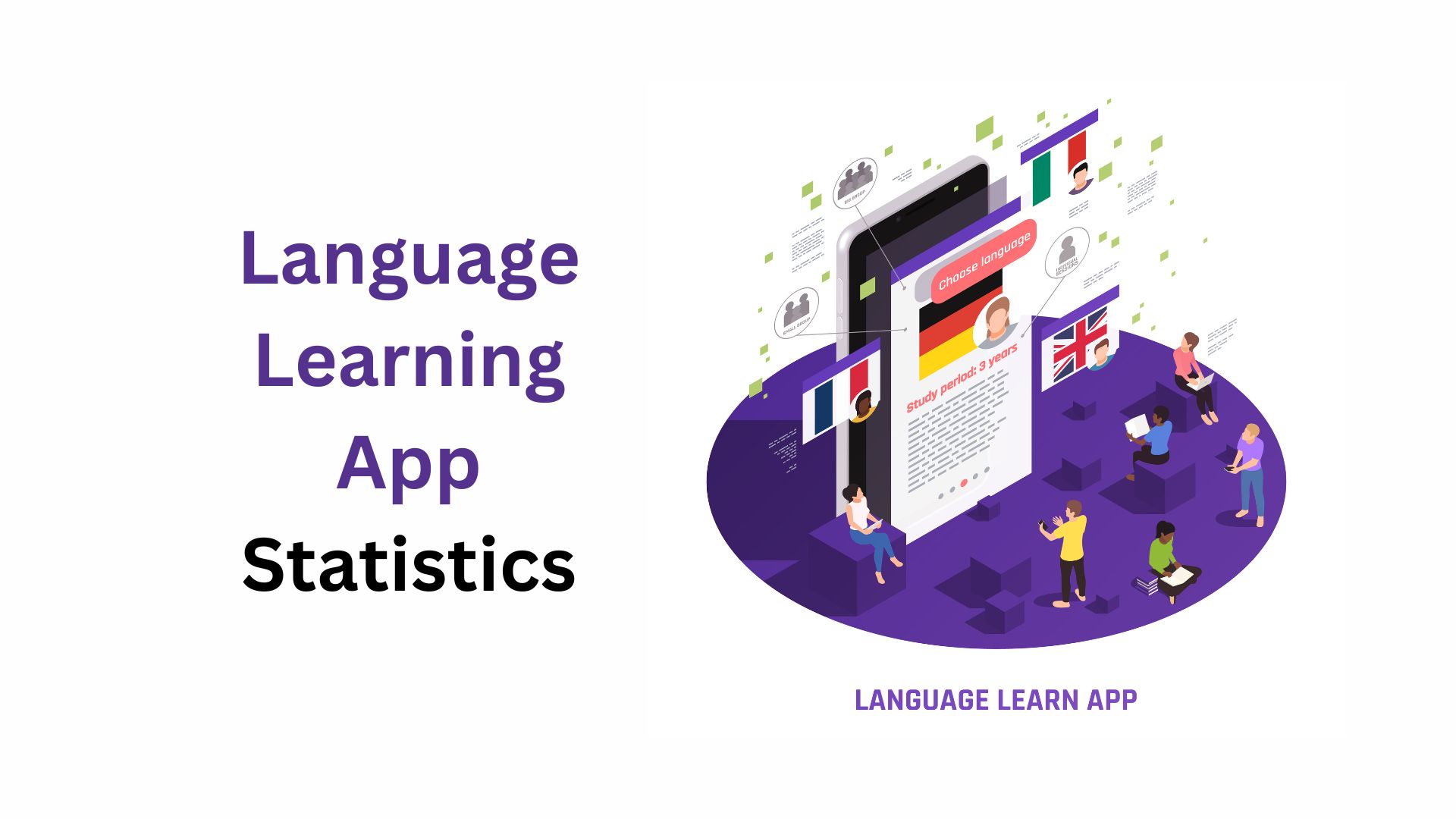Facebook Messenger Statistics By Users, Market Share, Revenue and Facts (2025)
Updated · Sep 22, 2025
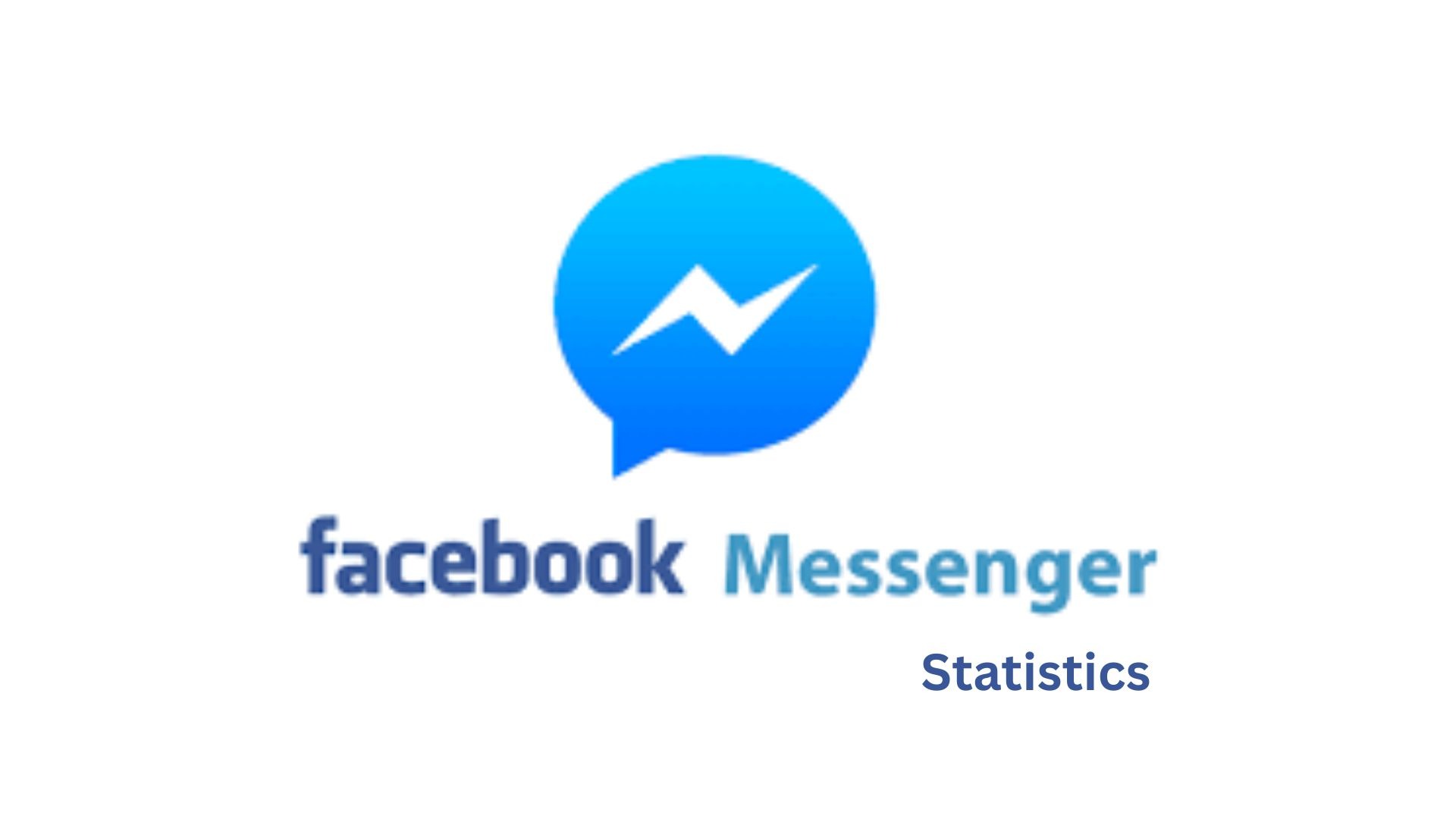
Table of Contents
- Introduction
- Editor’s Choice
- General Facts
- Facebook Messenger Audience
- Messenger Annual Downloads
- Messaging Apps Monthly Active Users
- Facebook Messenger Users By Gender
- Annual Number of Facebook Messenger Users
- Facebook Messenger User Reach By Region
- Messenger Advertising Reach
- Messenger Activity Statistics
- Facebook Messenger Revenue Statistics
- Facebook Messenger Business Statistics
- Frequency of Using Messenger
- Facebook Messenger Market Share
- Leading Countries With The Highest Facebook Messenger Ad Audience
- Facebook Messenger Users By Gender And Age
- Conclusion
Introduction
Facebook Messenger Statistics: Messenger stands tall as a worldwide giant in digital communication, holding nearly a billion users in 2025. Messenger today is more than just a simple real-time messaging tool: from casual chatting with friends to seamless brand-customer engagements, it is an omnipresent platform that facilitates conversations, commerce, and engagement across the globe.
Despite a reduction in downloads since its 2018 apex, its magnitude has hardly diminished, especially in countries such as the Philippines, Vietnam, Brazil, and Mexico. Messenger continues to communicate cultures into the 21st century with the billions of messages, photos, videos, and emojis shared by people each day, supported by a vast ecosystem of businesses and chatbots. This article will show that recent and trendy Facebook Messenger statistics.
Editor’s Choice
- Messenger is connecting almost 1 billion people across the world by 2025, while adding 10 million in only 3 months.
- The downloads chart has been going down by almost 30% YOY in 2024, but Messenger has still ranked itself in the top 3 of the most downloaded apps worldwide.
- It is glistening as the third-largest messaging app with probably 1.01 billion active users after WhatsApp(2B) and WeChat (1.3B).
- The app’s audience is male-dominated (55.6% males versus 44.4% females), while the biggest age group is that of 25–34-year-olds, with men heading the group at almost one in five.
- About 90% of all mobile messaging app users are on Messenger in the U.S. alone, steadily increasing to 144 million in 2024 and expected to climb further to 148 million in 2025.
- Regional dominance is rather stark: 79% of Internet users in the Philippines and 76% in Vietnam use Messenger, compared with merely 16% on a global scale.
- More than 1.3 billion photos and videos are shared daily; 5 billion emojis are sent, and 10% of global VoIP calls are made through Messenger.
- With such enormous numbers being channelled through it, 40 million businesses have adopted Messenger, sending 8 billion brand-to-customer messages each month, with 300,000 chatbots supporting automated conversations.
- User habits actually are quite diverse. About 27% claim to be using Messenger multiple times a day; however, an equally high % age says it is never used.
- WhatsApp holds an 84% adoption rate worldwide, but Messenger is the second-most-favorite option worldwide, overtaking Telegram, Google Chat, and Zoom.
- Brazil, Mexico, Vietnam, and the Philippines are the strongest advertisers for Messenger, each claiming tens of millions of active ad audiences.
General Facts
- While the third most popular messaging app used by 2024 comes Messenger, WhatsApp and WeChat topping the list, it counts nearly 1 billion active monthly users.
- Among one of the messenger’s strongholds is the Philippines, with locals rating 8 out of 10 for Messenger usage. The global usage is comparatively low, with less than 20% of internet users engaging with it.
- Messenger downloads have been decreasing since 2019. It fell by almost 30% year-on-year in 2021, losing around 200 million downloads compared to the previous year.
- The pandemic of COVID-19 stalled the momentum of Messenger in 2020–21, whereas other apps like Zoom and WhatsApp grew in significance.
- Messenger earns revenues from advertising and facilitating brand–customer communication.
- In-app revenue peaked at almost US$15 million in 2020, but by 2023, revenue from the App Store and Google Play had barely made it above US$2 million.
- In 2023, around 60% of marketers had confidence in Facebook (including Messenger) to give a positive ROI.
- Messenger has grown slowly compared to WhatsApp and Telegram, whose users kept increasing during those pandemic years.
- Messenger uniquely acts as a conduit between Facebook and its users/brands, making it strategically valuable to Meta, even if the growth does not compete with that of its competitors.
Facebook Messenger Audience
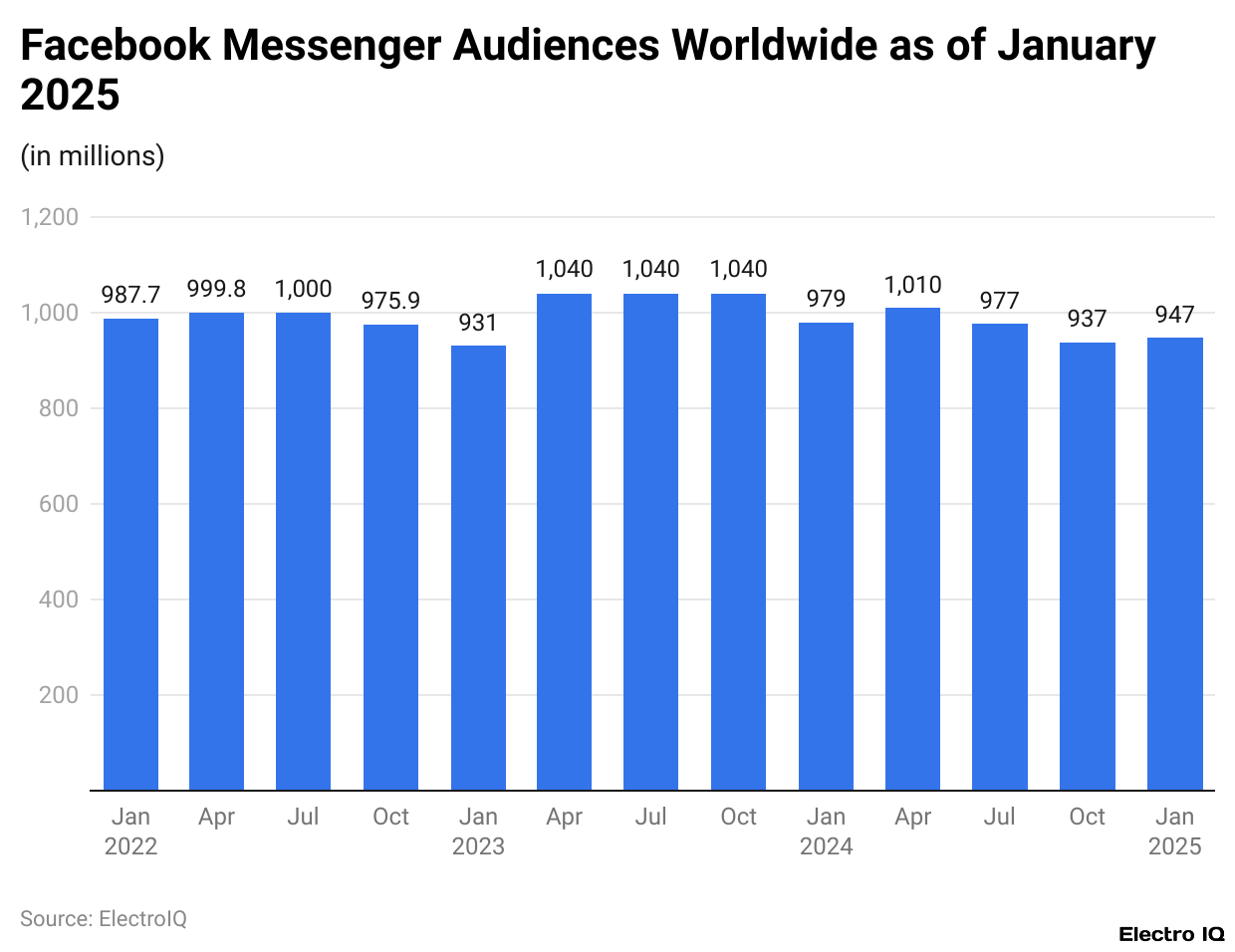
(Reference: statista.com)
- As per Statistics report, Facebook Messenger statistics show that in 2025, Facebook Messenger counted about 947 million users all around the world.
- This reflects a small increase compared to the beginning of the previous quarter, at which time Messenger had approximately 937 million users.
- So, Messenger gained about 10 million users in the space of three months. This contradicts a span of slow but steady growth in the Messenger user base worldwide.
Messenger Annual Downloads
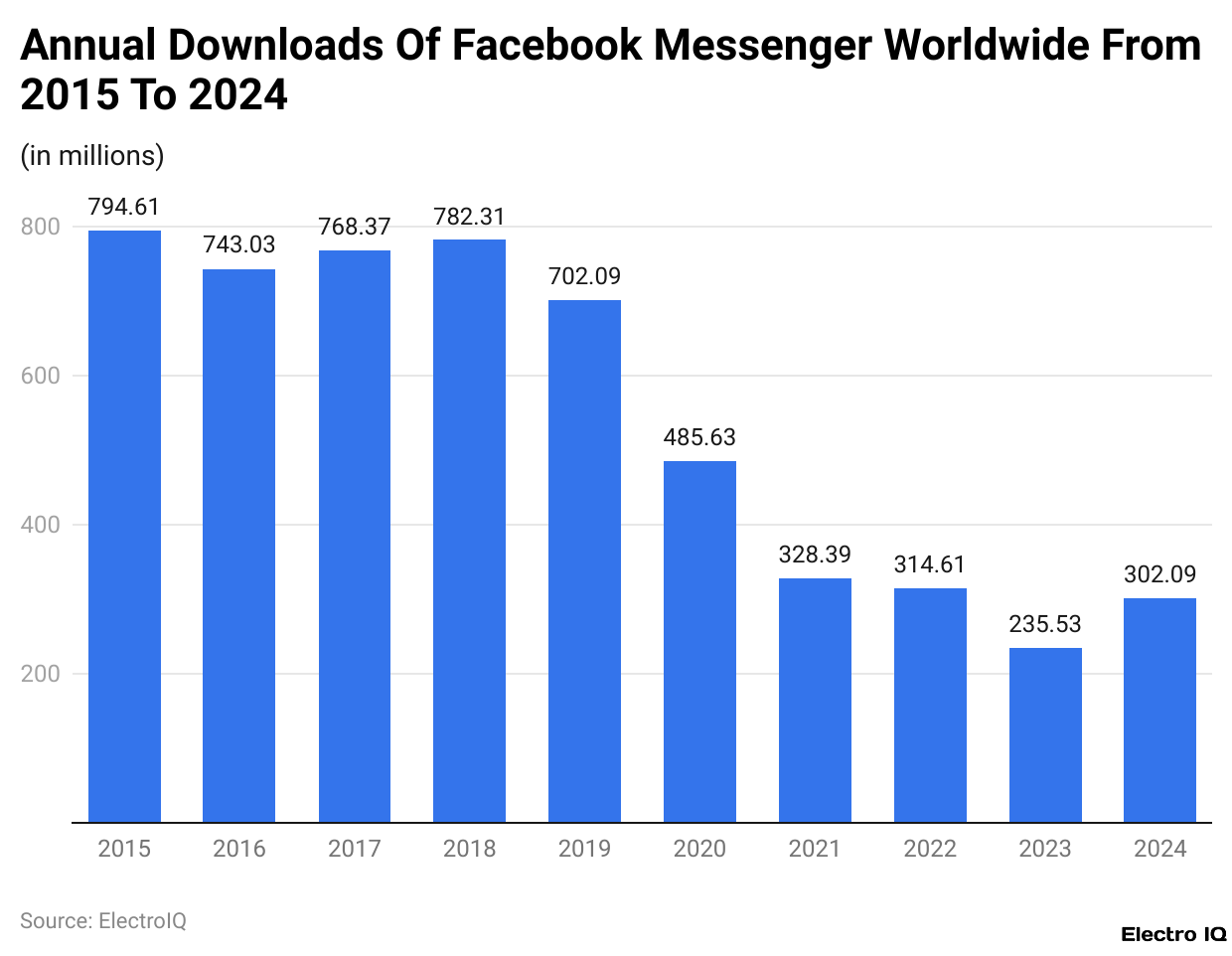
(Reference: statista.com)
- %-wise, downloads of Facebook Messenger app in 2024 were some 30 less than in 2023.
- Actually, the year 2018 was the very peak of downloads for the app; thereafter, the numbers started to dwindle.
- By 2019, the flux had gone down, further dropping to about 485 million globally in 2020. In 2021, downloads were even less, at 328 million, and it continued on that downward slope.
- Despite the decreasing downloads, Messenger still ranked third as the world’s most downloaded app as of January 2024.
Messaging Apps Monthly Active Users
| Messaging Apps |
Number of Active Monthly Users (MAU)
|
| 2 Billion | |
| 1.3 Billion | |
| Facebook Messenger | 1.01 Billion |
| Telegram | 900 Million |
| Snapchat | 800 Million |
| 554 Million | |
| Discord | 200 Million |
(Source: prioridata.com)
- WhatsApp is now the world’s biggest messaging app. It has an estimated over two billion subscribers and continues to attract users around the globe.
- WeChat follows in the second position with half a trillion users and is dominated by China.
- Facebook Messenger comes next with about 1.01 billion active users.
- Although its growth rate has declined, it remains among the most important messaging systems in the world.
- Telegram is considered to be fast-growing, and the count is around 900 million, with Snapchat just a little behind at about 800 million.
- QQ, another Chinese-named app, boasts about 554 million active users, while Discord stands out among other smaller names popular in gaming communities and group communication; it has at least 200 million monthly active users.
Facebook Messenger Users By Gender
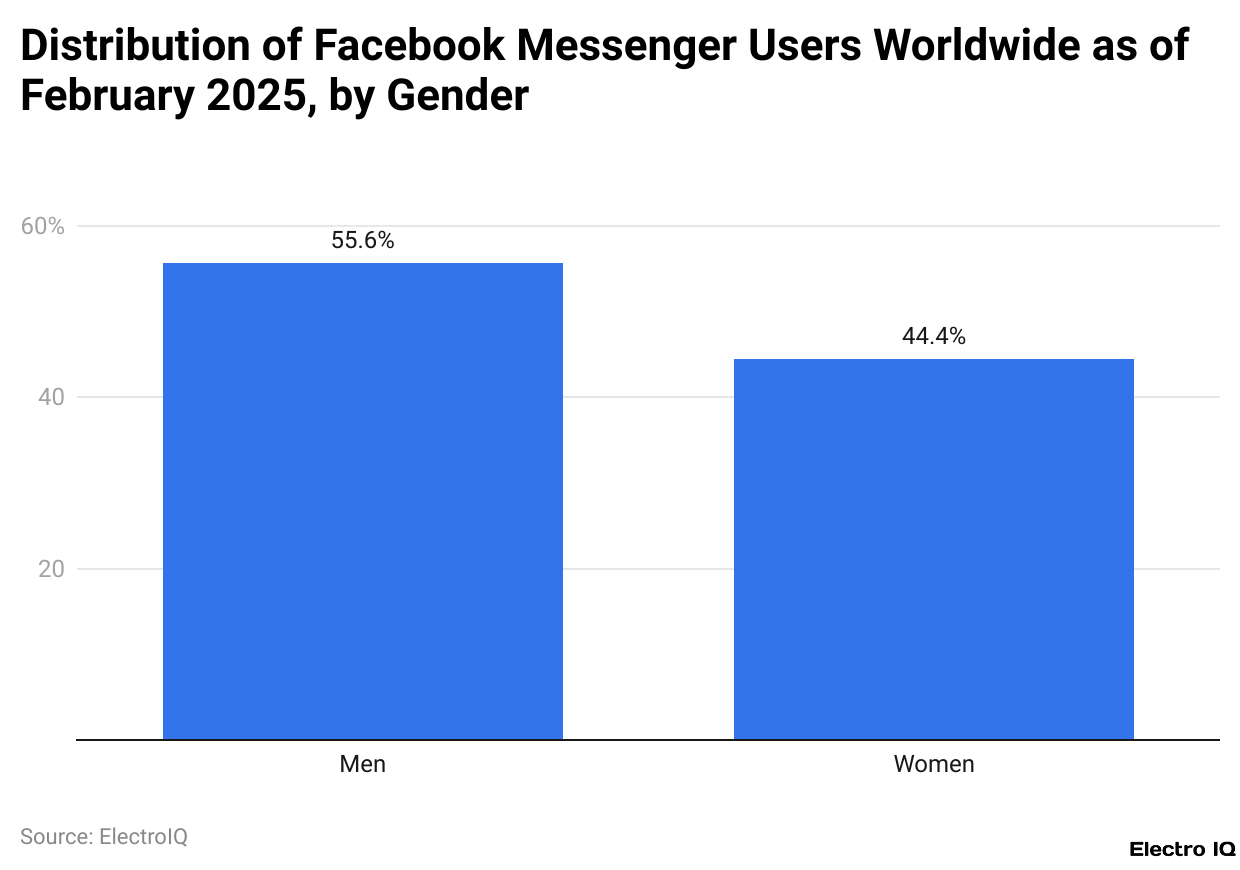
(Reference: statista.com)
- In February 2025, more men than women were seen using Facebook Messenger, with the number of male users making up about 55.6% of the total.
- That means for every 100 persons using Messenger globally, 56 are men, and 44 are women, marking quite the gender gap in Messenger users around the world.
Annual Number of Facebook Messenger Users
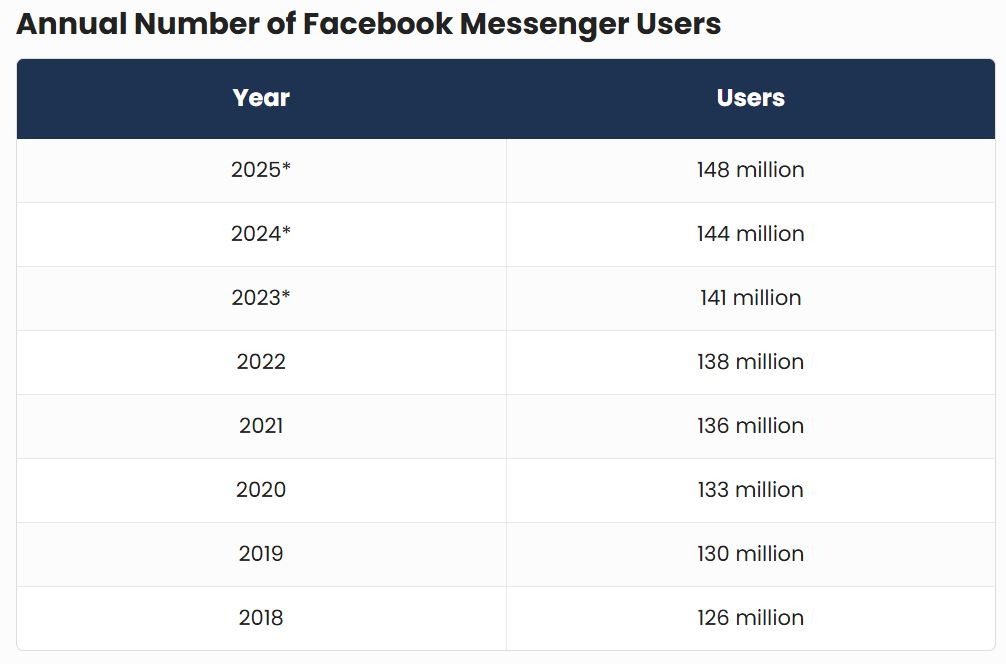
(Source: bankmycell.com)
- With 144 million users in 2024, Messenger records growth of a little over 3 million users or 2.13% from 2023 in the United States.
- In the U.S., with about 156.9 million people using mobile messaging apps, this means that Messenger has about 90% of its users.
- Messenger ranks number one and is far ahead of competitors like Viber as an American brand.
- Messenger has been supported steadily over time in the U.S., from 126 million users in 2018 to 130 million users in 2019, followed by 133 million in 2020, 136 million in 2021, 138 million in 2022, 141 million in 2023, and then 144 million in 2024.
- With this slow but steady upward trend, it is forecasted to rise to 148 million by 2025.
Facebook Messenger User Reach By Region
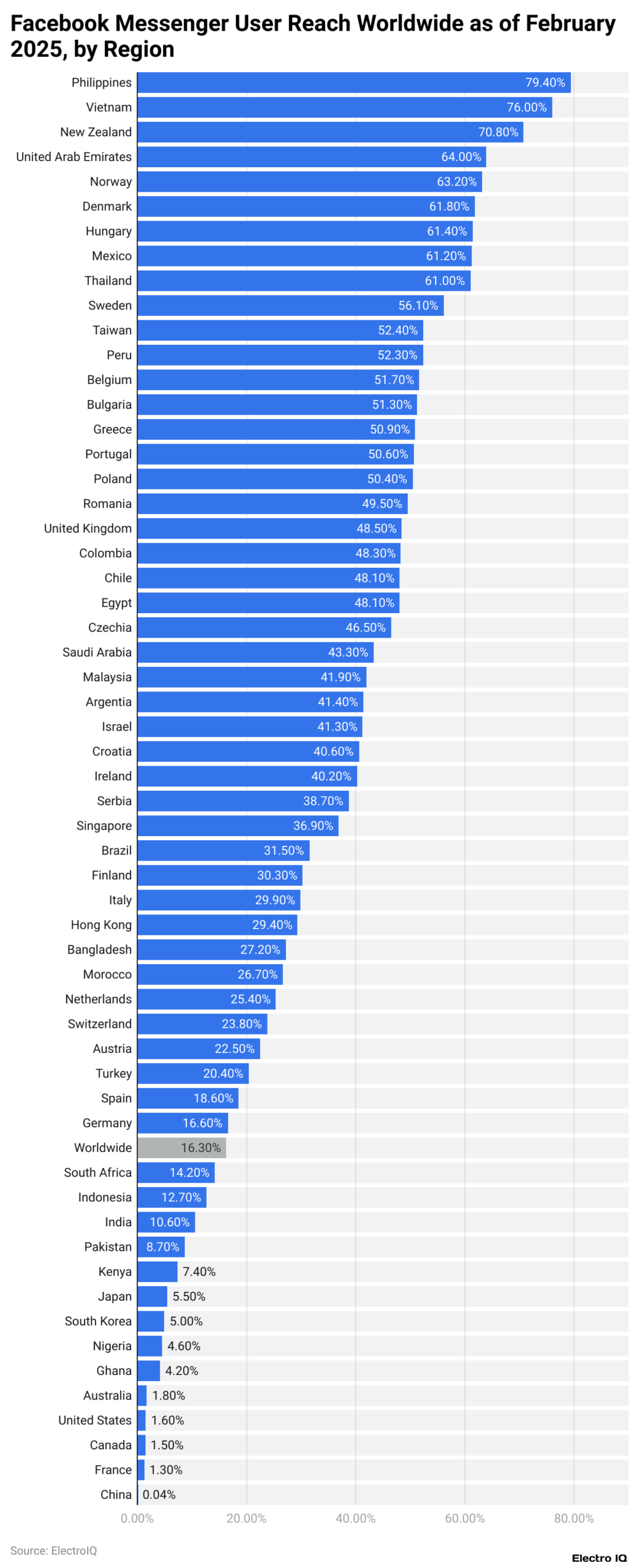
(Reference: statista.com)
- Facebook Messenger was most preferred in the Philippines and Vietnam in February 2025, reaching approximately 79.4% and 76% of internet users, respectively, meaning that as many as 8 out of 10 people online in those countries were users of the Messenger.
- From a global perspective, however, the reach of Messenger was much lower, standing at only 16.3 % of internet users in the world.
- There has been very little penetration of the app in the United States, with less than 2% of internet users ever having used it.
Messenger Advertising Reach
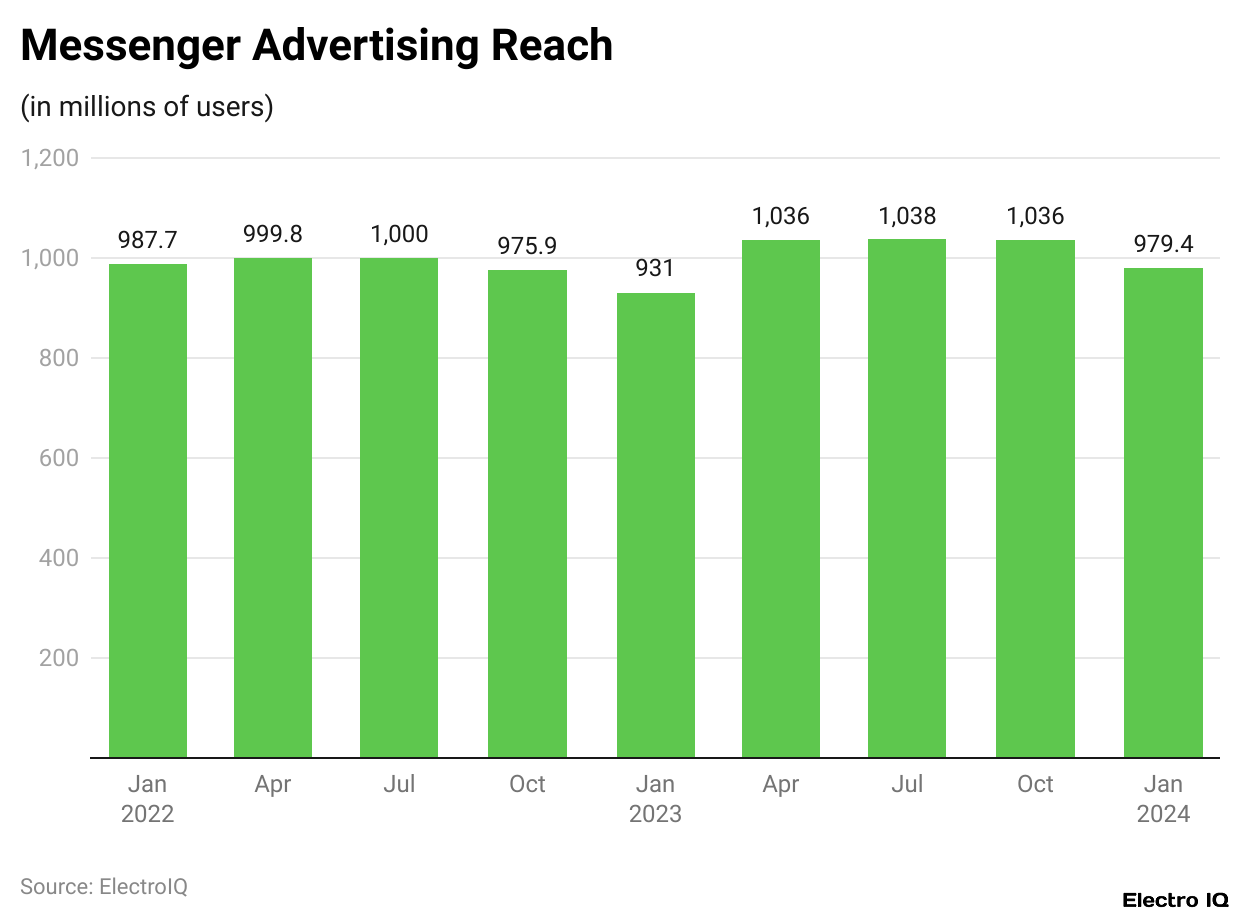
(Reference: adamconnell.me)
- As per Adamconnell, Facebook Messenger statistics show that Messenger’s advertising reach over the years never remained constant but fluctuated at different times.
- In January 2022, Messenger ads had a reach of 987.7 million users, and this figure increased to 999.8 million by April 2022, eventually crossing one billion in July 2022.
- However, by October 2022, it had fallen to 975.9 million, and further declined to 931 million by January 2023.
- The fortunes would change from there onward, however. April 2023 saw a sharp rise in Messenger ad reach to 1.036 billion users, and it rose marginally further to 1.038 billion in July 2023.
- It remained at the same level in October 2023. But by January 2024, those kings would once again flip as it dropped to 979.4 million.
- These up-and-downs show that Messenger advertising reach is in a constant flux, going through phases of expansion, stagnation, or decline, depending on larger trends of user activity and engagement on the platform.
Messenger Activity Statistics
- Facebook Messenger handles a huge amount of activity every single day.
- Through Meta’s trio of messaging apps–Messenger, Instagram, and WhatsApp–more than a hundred billion messages get sent each day, and Messenger is a major chunk of this traffic.
- To handle this scale, Meta has to have a huge data infrastructure, with 40 million square feet of servers scattered across global data centers to keep everything running.
- Messenger isn’t just about text. Every day, over 1.3 billion photos and videos are sent by users, which means there’s an upload every 54 million seconds, 900,000 every minute, and 15,000 every second.
- GIFs are widely popular as well, with 5 million people sending them daily via Messenger’s integrated GIF library to spice up their chats.
- Emojis have an even bigger fanbase, with over 5 billion being sent every day, showcasing how people use visual symbols to pour in emotion in their conversations.
- From the time chatbots were introduced, about 375,000 bots are now being used every day, helping businesses with quick responses and customer service.
- Calling is one plural mode of communication after messaging. It constitutes slightly over 10% of worldwide mobile VoIP calls, which means there is always a huge number of people depending on the application for communications concerning voice over the internet.
- Messenger is one more chat application and a platform where trillions of interactions happen, right from messages, media sharing, calls, to automated services every day.
Facebook Messenger Revenue Statistics
- Meta classifies Facebook Messenger among its other apps-Facebook, Instagram, and WhatsApp- as what it calls the “Family of Apps.”
- This family brought revenue of roughly US$133 billion in 2023, according to Meta’s annual SEC filing.
- Income left after removing expenses was about US$62.87 billion, whereas Messenger accounted for only a small part of that number.
- The Messenger app has attempted to make revenue from it by means of in-app purchases (IAPs) for purchases in Messenger Games, but this part of its business is rather small.
- Revenue from Messenger in-app purchases in 2023 was just US$1.93 million, a 37.5% decline from 2022 and an even greater decline from a peak of US$14.98 million in 2020.
- Direct revenue of Messenger is just puny compared to Meta’s overall earnings, and hence, the greater richness of the service depends on the fact that it is just a part of the larger Meta advertising ecology.
Facebook Messenger Business Statistics
- Facebook Messenger has become an important tool for connecting businesses with their customers.
- In excess of 40 million businesses actively use the Messenger platform, which is a testament to its large adoption across industries and company sizes.
- In the Messenger platform, more than 8 billion messages are exchanged monthly between businesses and customers, really denoting how much Messenger is used by people in communicating with various brands.
- In contrast, 85% of pubazing-use Messenger for marketing and customer support, which makes Messenger the most widely rrecognisedmessaging service by businesses.
- Chatbots have been very much part of this ecosystem: Since their announcement in 2016, more than 200,000 developers have built over 300,000 Messenger chatbots, keeping businesses responsive to client needs around the clock.
Frequency of Using Messenger
| Frequency of Use |
Percentage of Users
|
| Several times a day | 27% |
| Once a day | 11% |
| Every few days | 14% |
| Once a week | 7% |
| Once every few weeks | 6% |
| Less often than every few weeks | 7% |
| Never use | 27% |
(Source: thinkimpact.com)
- As per Thinimpact, Facebook Messenger statistics state that the usage of Facebook Messenger differs among different people, and their habits differgreatlyr.
- About 27% of users state that they connect using this app several times a day, making it a part of their communication routine.
- Another 11% of the users open it only once a day.
- Others might have gone a little farther, with 14% using it once every few days, 7% once a week, 6% only once every two weeks, and 7% even less.
- Interestingly, 27% say they don’t use Messenger at all, which means it has an immense pool of users, but not everyone sees it as an essential platform in their daily lives.
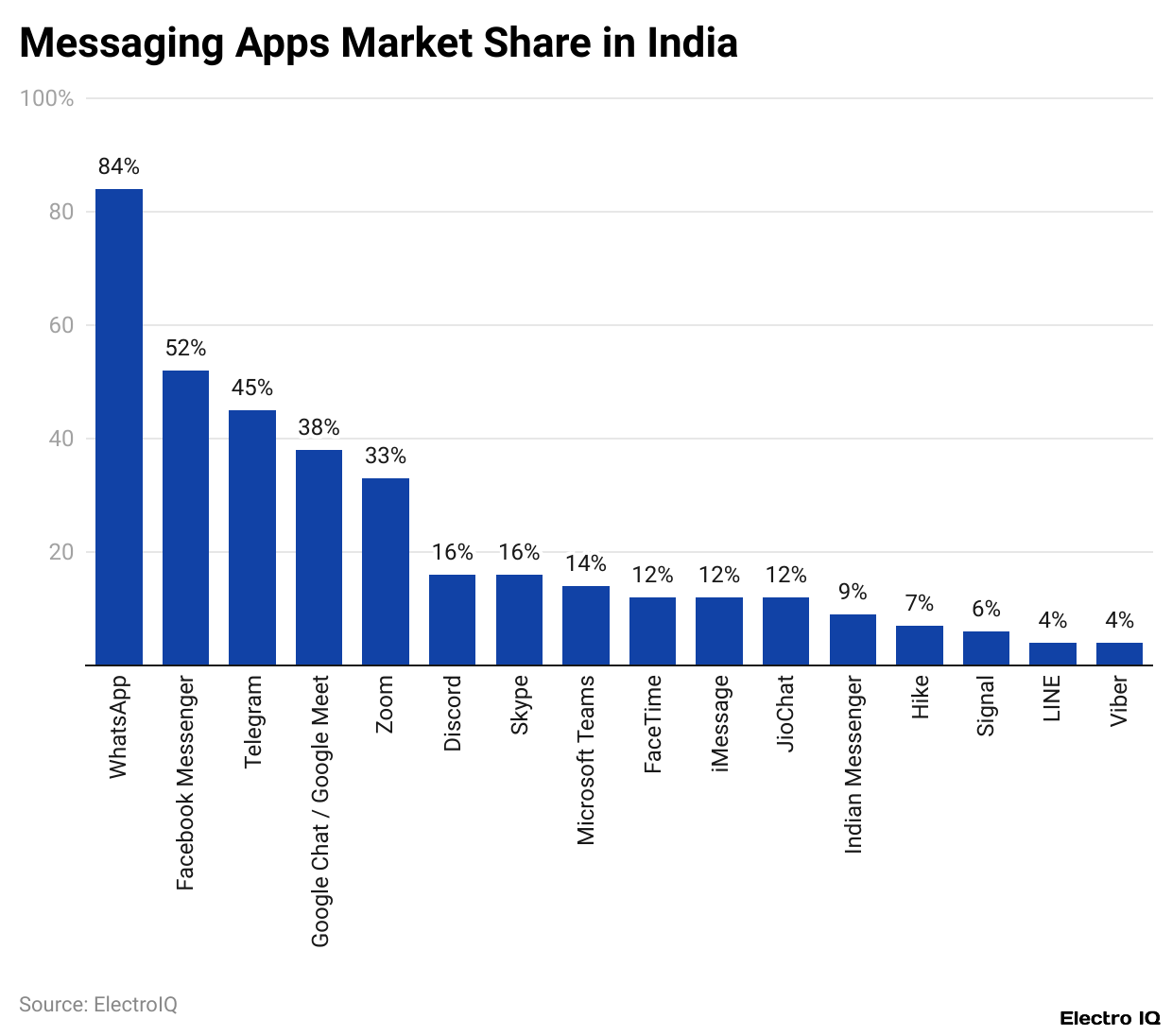
(Reference: prioridata.com)
- WhatsApp, by far and away, is the most widespread messaging app, with 84% of people depending on it to communicate.
- Facebook Messenger is the second most used platform, with more than half of the users preferring it to stay in touch.
- Telegram comes third with 45% usage. Next, Google’s communication tools, Chat and Meet, together penetrate 38% of users, while Zoom, mostly known for video calling, stands at 33%.
- These other apps garner a small percentage of users: Discord and Skype stand at 16% each, followed by Microsoft Teams at 14%.
- FaceTime, JioChat, and iMessage hold a user base of 12% each. Indian Messenger holds a 9% user base in India, while Hike stands at 7%.
- Signal, another privacy- and security-based platform, has an adoption of 6%. Lower in the lineup, LINE and Viber both claim 4% of users.
- This detailed division means that, although WhatsApp dominates worldwide, people still go for other apps-so, on account of a need, preference, or regional popularity.
Leading Countries With The Highest Facebook Messenger Ad Audience
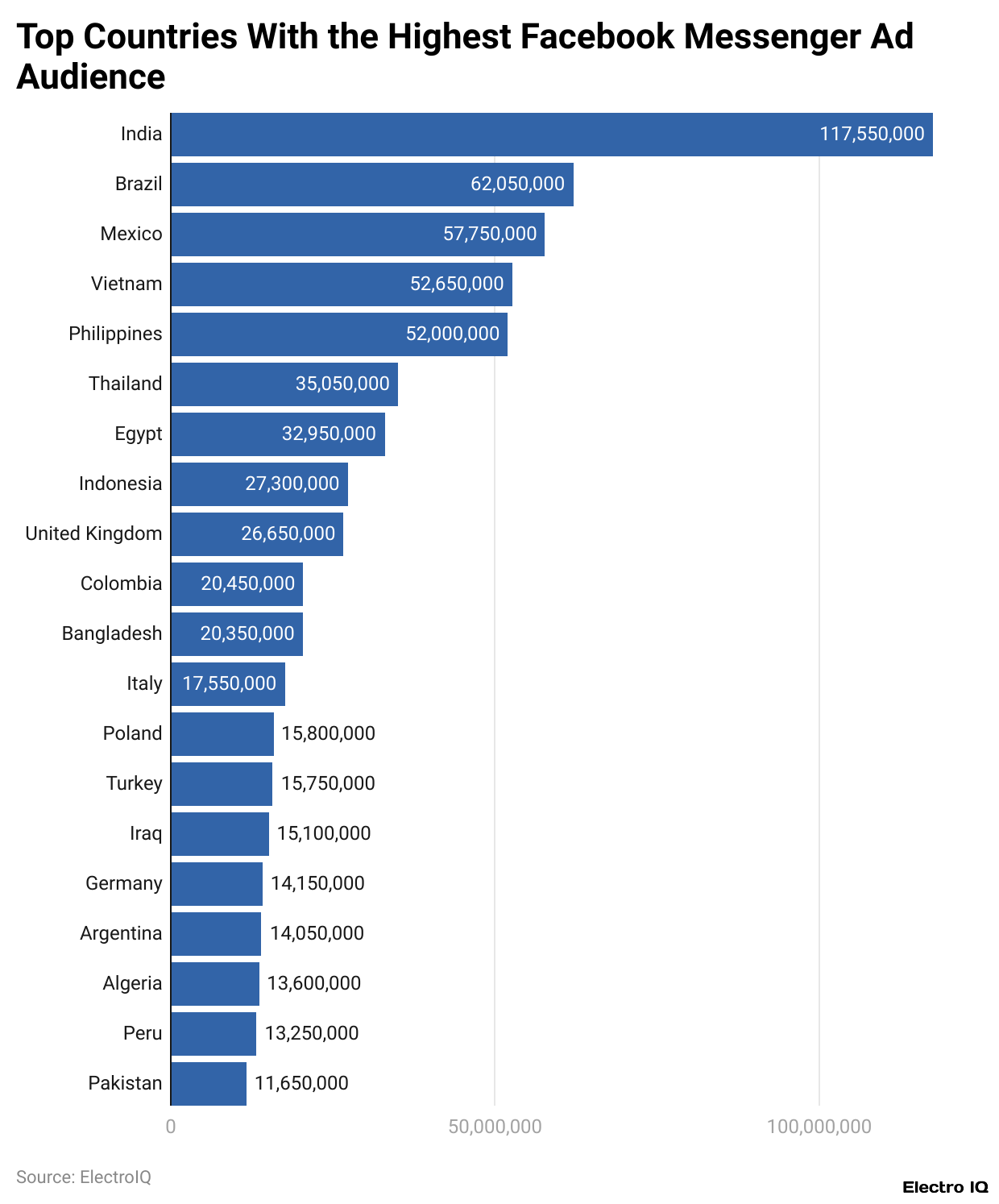
(Reference: bankmycell.com)
- Having a strong hold as the world’s greatest advertising platform stands Facebook Messenger.
- The second-biggest market is Brazil, with Messenger ads being seen by about 62 million individuals is 34.8% of the total population of this country.
- Mexico follows and, with more than 57 million users reached, also constitutes 57% of the population.
- Going across Asia, Vietnam and the Philippines are further set apart, each having something like 52 million users, representing a very high penetration rate of 66.3% and 60.5%, respectively, of their populations.
- There are a great deal of other countries that have a huge audience: Poland, Turkey, and Iraq all have a little above 15 million users, whereas Germany and Argentina have just over 14 million.
- Algeria and Peru each have more than 13 million users reached through Messenger.
- From a business point of view, Facebook Messenger Ads allow businesses to promote their posts and direct users to a conversation inside Messenger; Chatbot is another core component of Messenger marketing and automates several processes.
- These processes can be drip campaigns (sending messages at set times), chat blasts (sending updates to many users simultaneously), and system integrations to streamline the interaction between Messenger and another business system for communication or customer engagement.
Facebook Messenger Users By Gender And Age
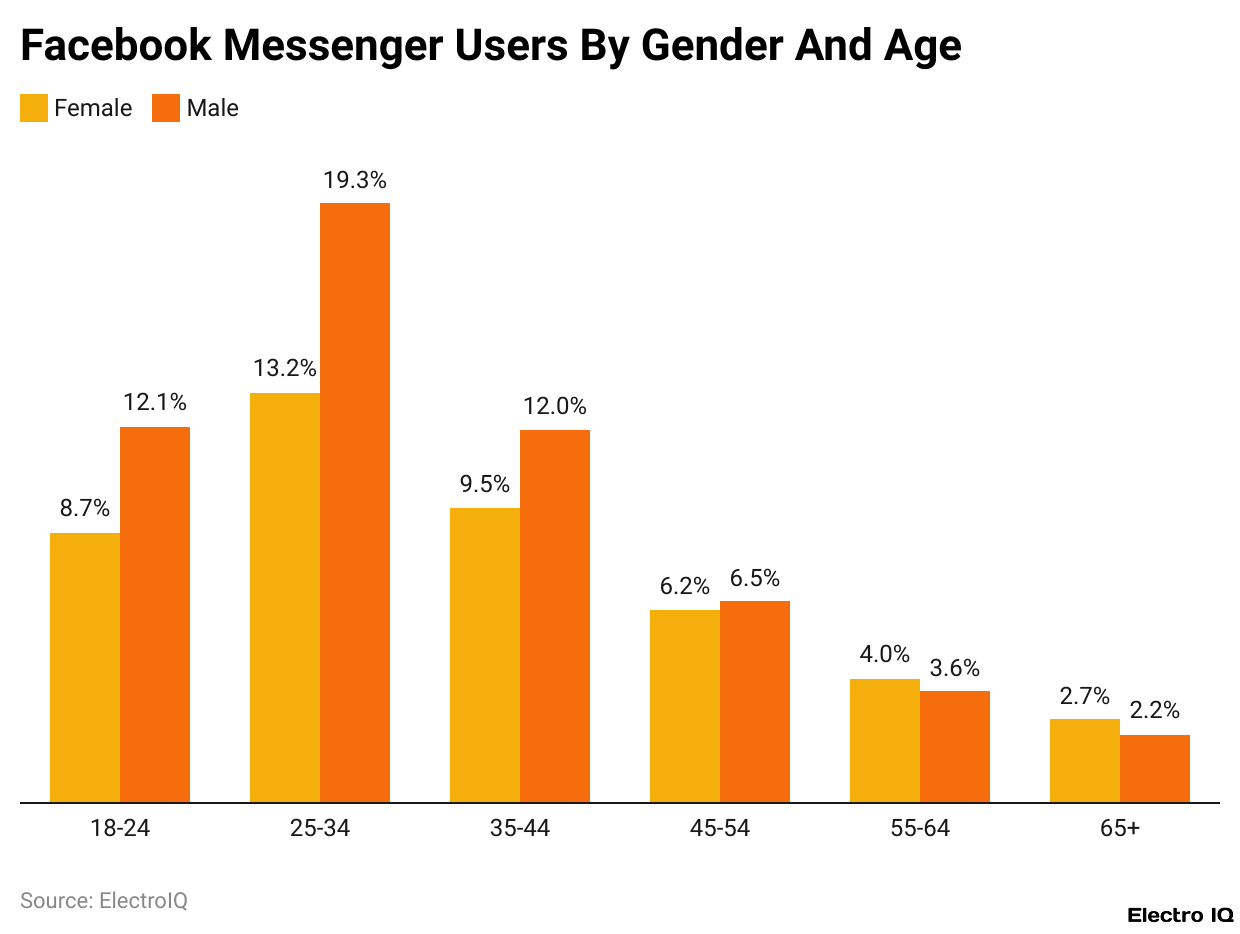
(Reference: datareportal.com)
- The Facebook Messenger advertising crowd in 2025 consists of many age groups, but is skewed slightly toward younger adults.
- Users aged 18 to 24 have females in this group representing 8.7% of the global ad population aged 18+, while males represent 12.1%.
- The largest group across the board is 25 to 34, wherein females make up 13.2% and males 19.3%.
- At the level of the age group 35-44, females account for 9.5% of the audience and males for 12.0%. Ages 45-54 show a 6.2% female and 6.5% male representation.
- For users on the older side, we have: 55-64, 4.0% for females, 3.6% for males, and for those above 65, 2.7% for females, 2.2% for males.
- Messenger is being targeted the most heavily by young adults and middle-aged adults, most importantly 25-34 years, while the older people form a smaller share of the advertiser reach on the platform.
Conclusion
Facebook Messenger Statistics: As a digitalcommunicationl centrepiece worldwide by 2025, Facebook Messenger is employed by almost a billion users, proving to be of utmost importance to personal, social, and business life. Although it is not today at its peak time, its position as the third-largest messaging app remains strong, with the greatest engagement in countries such as the Philippines, Vietnam, Brazil, and Mexico.
Its influence stretches beyond messaging and includes media sharing, VoIP calls, and automated client interfacing via chatbots. Being slow-growing relative to its peers, Messenger is still a primary site in shaping habits of global communication due to its integration in the Meta ecosystem and wider adoption by businesses.
FAQ.
Messenger has 947 million users worldwide as of January 2025, and steady growth has seen it gain around 10 million new users in the last three months.
The Philippines and Vietnam take the lead with 79% and 76% of their internet users, respectively, with global penetration being far lower at nearly 16%. Brazil, Mexico, Vietnam, and the Philippines are also the top advertising markets.
Messenger is male-dominated (55.6% men); the main age group is 25–34 years of age. Usage then drops significantly in the higher age groups, with hardly any representation from those 65 and above.
Users upload over 1.3 billion photos/videos and send over 5 billion emojis daily; it is also the major platform for VoIP calls worldwide; an additional 375,000 chatbots are active worldwide for automated interactions.
Messenger accounts for a huge 40 million businesses-and 8 billion messages are exchanged every month between businesses and their customers. Chatbots allow for automated support, marketing campaigns, and customer engagement, rendering Messenger as an important business communication tool.

I hold an MBA in Finance and Marketing, bringing a unique blend of business acumen and creative communication skills. With experience as a content in crafting statistical and research-backed content across multiple domains, including education, technology, product reviews, and company website analytics, I specialize in producing engaging, informative, and SEO-optimized content tailored to diverse audiences. My work bridges technical accuracy with compelling storytelling, helping brands educate, inform, and connect with their target markets.

